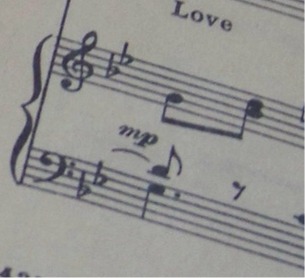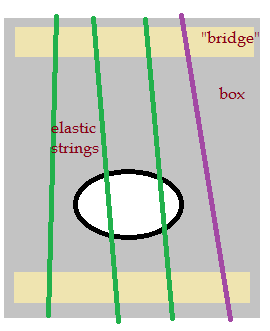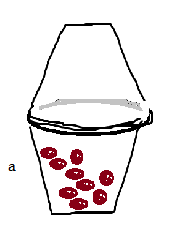
|
|
Making Musical Instruments
Skills:
- Experimenting
- Building
- Listening to sounds
Knowledge:
- Science and Engineering:
- Sound is generated by vibration
- Sounds vary by volume, pitch and tone
- The engineering process is based on trying out variations on a basic design concept. (Varying the materials, size, and construction)
Values:
- Creativity
- Understanding and appreciating the design of musical instruments
Materials for cardboard box guitars:
- Elastic cord (available in jewelry making supply section of art stores)
- Rubber bands (purchase or save rubber bands that come on fresh vegetables)
- Empty cardboard boxes - pasta, granola, crackers, etc. Dimensions can vary - ideally about 6" wide x 9" high x 2" deep. Some pasta boxes have windows already cut out, which is ideal.
- Cardstock paper or other heavy-weight paper that can be folded
- Tape
- Kid-sized scissors (to cut elastic cord)
- Adult-sized scissors or knife (an adult will cut holes in the cardboard boxes for sound holes)
Materials for other instruments
Shakers:
- Plastic cups or cardboard tubes
- tape
- pasta, rice or dried beans
Xylophones/flutes/sticks:
- Thin metal or plastic tubes (size of a pen)
- Wooden chopsticks
Gongs:
- Plastic or metal lids with holes pre-punched (for gongs)
- (and a hole-punch for pre-punching holes)
Drums:
- Round cardboard oatmeal boxes or other round containers
- paper
- kid-sized scissors
- tape
"Washboards:"
- Cardstock paper for folding (fan style)
- Sticks for scraping against the washboard
Preparation
- Make an example of a guitar
- Make examples of a few other instruments
- Pre-cut holes in the other cardboard boxes (or have a helper who can cut holes as the children work)
- Punch holes in some lids for gongs
- Put all the materials in a box (or a few boxes) so that children can choose materials for their projects.
- If desired, choose a story or poem to introduce the lesson. I used a psalm about music in nature. Any poem with a theme of the musical sounds of nature would introduce conversation about sound.
Presentation:
- Read story or poem
- Introduce the challenge - how many different musical instruments can you make from odds and ends? Show the examples that you have prepared. Mention that all of the sounds come causing air to move and vibrate. Mention that musical instruments are invented by people who experiment with different ways of making sound. The more you experiment, the more you notice about how to make a musical sound.
- Present three or four examples
- Cardboard box guitar
- Washboard
- "Flute" (blow across the top of one of the tubes to make a sound.) Then use the same tube as a drum stick to suggest that the students can make drums.
- Allow time for students to experiment. While they work, suggest ways they can modify the design or add more instruments to their collection. Depending on the age of the children, have one or more helpers available who can help with taping, tying, cutting, etc.
 Pre-cut hole in cardboard box. Use tape to reinforce corners of the box as needed. Stretch elastic bands or elastic cord around the box to make strings. Fold and tape down
pieces of cardstock paper to make "bridges" for the strings at both ends (so that the strings aren't flat against the box). Adjust the bridges and the tightness of the strings to
experiment with the sound. Compare the sound of your box guitar to the sound of an elastic string held in your hand. The box guitar should provide a much stronger sound.
Pre-cut hole in cardboard box. Use tape to reinforce corners of the box as needed. Stretch elastic bands or elastic cord around the box to make strings. Fold and tape down
pieces of cardstock paper to make "bridges" for the strings at both ends (so that the strings aren't flat against the box). Adjust the bridges and the tightness of the strings to
experiment with the sound. Compare the sound of your box guitar to the sound of an elastic string held in your hand. The box guitar should provide a much stronger sound.
 Use metal or plastic tubes, lids and other items to make chimes, gongs, flutes, drumsticks or other sound-makers.
Use metal or plastic tubes, lids and other items to make chimes, gongs, flutes, drumsticks or other sound-makers.
 Fold a piece of cardstock paper "fan" style and tape it down to a box or other surface. Scrape a stick over the folded paper to make a "washboard" sound.
Fold a piece of cardstock paper "fan" style and tape it down to a box or other surface. Scrape a stick over the folded paper to make a "washboard" sound.
 Tape two plastic cups together after filling with beans, pasta or rice to make a shaker.
Tape two plastic cups together after filling with beans, pasta or rice to make a shaker.
J.M.L. October 2014